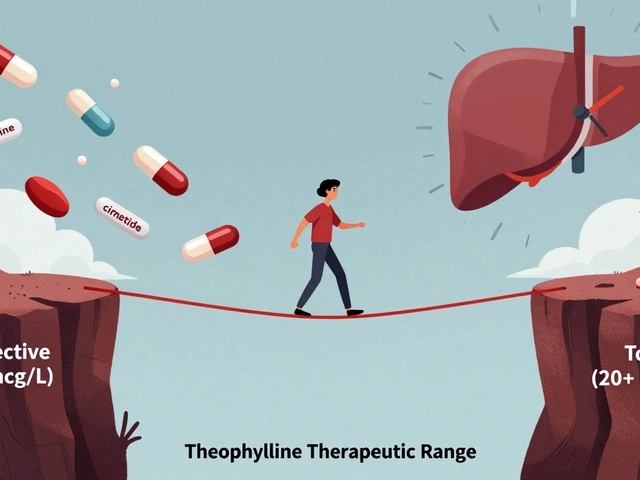Behavioral therapies: practical help for anxiety, depression, and habits
Behavioral therapies focus on changing actions and reactions to reduce distress and improve daily life. They’re practical, evidence-based, and often short-term. People use them for anxiety, depression, OCD, insomnia, PTSD, anger, and habit problems like nail biting or smoking.
Common types are simple to understand. Cognitive Behavioral Therapy (CBT) helps you spot unhelpful thoughts and test them with real-life experiments. Exposure and Response Prevention (ERP) is a proven form of CBT for OCD and phobias — you face feared situations safely while skipping compulsions. Dialectical Behavior Therapy (DBT) teaches emotion regulation, distress tolerance, and better relationships; it’s often used for intense mood swings or self-harm. Acceptance and Commitment Therapy (ACT) focuses on values and taking action even with uncomfortable feelings. Behavioral activation targets depression by scheduling rewarding activities to break withdrawal patterns. Habit Reversal Training helps with repetitive behaviors by building competing actions.
How sessions work and what to expect
Most therapists start with an assessment: symptoms, goals, history, and a plan. Sessions usually last 45–60 minutes, often weekly. Expect homework — real change requires practice outside sessions. Progress is measured with clear goals and simple trackers like mood logs, behavior counts, or step-by-step fear hierarchies. Short courses (6–12 sessions) help specific problems; more complex issues may take longer.
Choosing a therapist and practical tips
Look for licensed clinicians with training in the therapy you need. Ask: “What’s your experience with CBT/ERP/DBT?” and “How do you measure progress?” Check online reviews and your insurance provider. Teletherapy works well for many behavioral therapies and widens your options.
Combine therapy with medication when needed Therapy and medication can work together. For severe anxiety or depression, medication may reduce symptoms enough for therapy to be effective. Always coordinate care: tell both your prescriber and therapist about changes and side effects.
Quick tips that help - Set one clear, measurable goal for therapy (sleep 30 more minutes, reduce panic attacks to fewer than two a week). - Track small wins daily. - Expect discomfort — facing fears or changing habits feels hard before it gets easier. - Bring examples to sessions: recent situations, what you tried, and what happened. - If you feel unsafe or have thoughts of harming yourself, contact emergency services or a crisis line immediately.
Search for therapists through professional boards, university clinics, or respected directories. If cost is a concern, ask about sliding scales, group therapy, or digital CBT programs with coach support.
Behavioral therapies give you practical skills you can use long after sessions end. They focus on actions you can try today, not vague promises. If you want change that’s concrete and measurable, this approach is worth exploring.
Here are real examples: for panic, therapists teach grounding, breathing, and gradual facing of avoided places; for insomnia, they use sleep restriction, stimulus control, and consistent wake times; for social anxiety, they build small social goals and practice conversations. Ask your therapist for a short plan with milestones. Knowing the first three steps helps you stay confident and keeps progress measurable today.
Best Priligy Alternatives: SSRIs, Sprays & Therapies for Premature Ejaculation (2025 Guide)
Uncover the latest Priligy alternatives in 2025, from SSRIs to sprays and natural methods. Read real tips, reviews, and the science behind each option.






